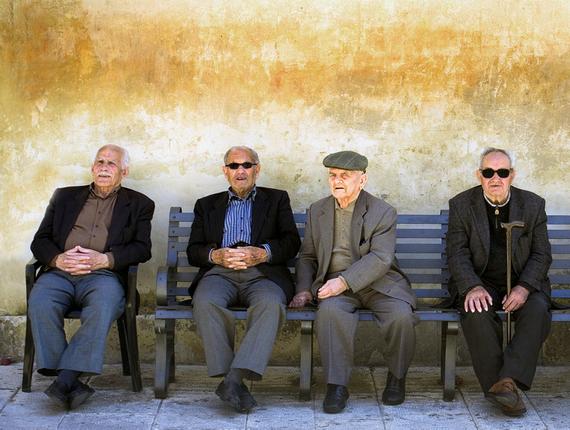Grade Crossing Inventory
So, from doing a quick flyover in Google Maps, I identified these crossings along the length of the NCRR which would likely fall within the range of GoTriangle Rail which have not been grade separated. If there is a NCDOT plan being mentioned in their STIP (State Transportation Improvement Plan) 2019-2029, it’s been annotated as such. If there is some preliminary engineering which has happened, there will be a hyperlink. If it’s not hyperlinked, then it has a STIP number which has not proceeded any further than being added to the STIP timeline without any further planning study.
There’s a process in place right now which also deals with the private crossings which are interspersed along the length of the railroad. Most of those which have been dealt with are much further to the west.
Notice that I’ve not included some current bridge/overpass structures which are already in place, but may need replacement while this process plays out. These will be addressed in a future post.
There is a traffic separation study which has already been published in 2013 for Durham County. And, there is a Raleigh-Cary Crossing study which was published in 2016. Cary has been making some superficial improvements to their crossings west of town, but the focus there has been on the CSX S-Line. Cary has also been wanting to consider extending Walker Street under the tracks to the Municipal Campus.
Garner
- Guy Road
- Auburn-Knightdale Road
- Jones Sausage Road
- New Rand Road
- Saint Mary’s Street
- Vandora Springs Road (P-5738 - $14.5M, FY2028)
- Yeargan Road
Raleigh
- Rush Street
- Blount Street
- Cabarrus Street
- Royal Street (P-5736 - $3.5M, FY2027)
- Beryl Road (P-5736 - $3.5M, FY2027)
- Blue Ridge Road (U-4437 - $69.7M FY2020)
- Powell Road
Cary
- Private Crossing - Chapel Hill International Church (P-4405)
- Nowell Road
- Trinity Road (P-5734 - $40.7 FY2022)
- Private Crossing - WPTF (P-4405)
- NE Maynard Road (P-5718 - $38M, FY2024)
- Walker Street (U-5117)
- Academy Street
- Harrison Ave (P-5708 - $22.6M, FY2029)
- Private Crossing - Duke Power (P-4405)
Morrisville
- Morrisville Parkway (P-5201 - $27.4M FY2017)
- Morrisville-Carpenter (U-5811)
- McCrimmon Parkway (U-5747)
- Private crossing - Truss Builders (P-4405)
Durham
- Hopson Drive (U-4716 - $30M, FY2014)
- Cornwallis (P-5717 - $21.6M, FY2021)
- Private crossing - IBM Drive (P-4405)
- Stirrup Creek Drive
- Ellis Road/Alston Avenue
- Wrenn Road (P-5706 - $47.4M, FY2026)
- Glover Road (P-5706 - $47.4M, FY2026)
- Ellis Road (P-5706 - $47.4M, FY2026)
- Driver Street
- Plum Street
- Ramseur Street
- Fayetteville Street
- Dillard Street
- Mangum Street
- Corcoran Street
- Duke Street
- Buchanan Boulevard
- Swift Avenue
- Anderson
I’ve not gotten any sense from the GoTriangle Rail preliminary report that they have any plans yet to completely seal/grade separate the corridor. But, if they’re going to the effort of double-tracking, then it would make sense to get it done to that standard up front. There’s also the whole engineering question as to which curve sections will need to be softened ( as was done at Hopson Road and Morrisville Parkway, and will be done at Wrenn Road) which is a bit beyond my level of understanding.
Saying that, it’s going to be a paradigm on a level of building a new 34 mile highway right through the middle of the Triangle while keeping freight and intercity rail movement fluid during the entire process. Can it be done incrementally? Sure. But, I believe that this is what the finished corridor is going to look like.
And, not to keep bringing it up, this would be an investment for SEHSR, if/when it eventually happens. So, that could be a selling point when going to the feds for infrastructure grants.
[I believe this is about as finished as I’m going to get this]

